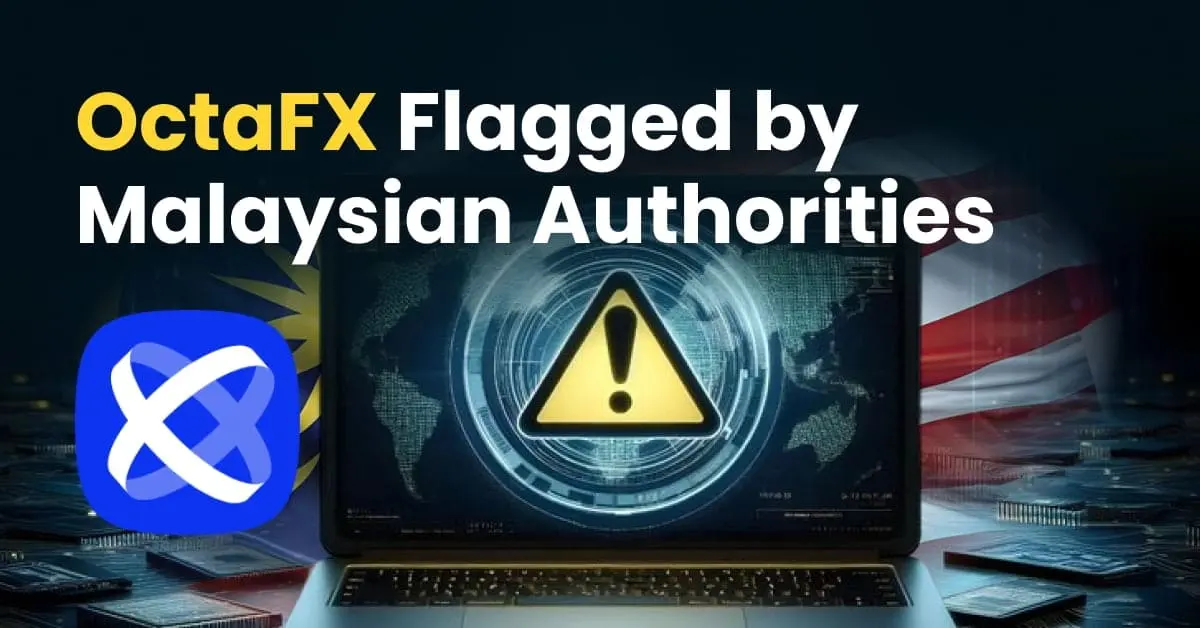简体中文
繁體中文
English
Pусский
日本語
ภาษาไทย
Tiếng Việt
Bahasa Indonesia
Español
हिन्दी
Filippiiniläinen
Français
Deutsch
Português
Türkçe
한국어
العربية
Trump's new tariffs, the dollar may fall
Abstract:As Trump nears taking office, the key question is whether these new tariffs will be implemented, and whether the dollar can continue to rise.

During his campaign, Trump proposed a 10-20% tariff on all imported goods, with a 60% tariff specifically on Chinese products.
Recent reports indicate that Trumps team is working on a new tariff plan, aiming to impose import duties on certain goods from around the world. This plan is different from the “universal tariffs” that Trump suggested during his campaign, and the specific goods or industries that will be affected have not yet been disclosed.
The tariff policy Trump proposed during the election primarily aimed to protect U.S. domestic manufacturing, reducing competition from low-priced imports. This policy was closely tied to Trumps campaign promises and helped garner support from voters. Additionally, the revenue generated from tariffs could offset potential tax losses from other tax cuts.

However, Trump has denied reducing the intensity of the new tariffs, leading to a drop in the dollar during volatile trading, with the dollar index falling by 0.7% to 108.23.
It remains unclear whether Trump will change his mind, and the tariff policy is still being adjusted, with no final decisions made yet.
One reason for considering adjustments to the “universal tariff” is that such a policy could provoke a strong reaction from U.S. consumers and businesses. If prices on everyday items like food and consumer electronics rise, it could lead to public dissatisfaction.
Trump's team is clearly aware that widespread tariffs could trigger retaliation from international trade partners, further intensifying global supply chain uncertainty and increasing costs for U.S. businesses and consumers.

Disclaimer:
The views in this article only represent the author's personal views, and do not constitute investment advice on this platform. This platform does not guarantee the accuracy, completeness and timeliness of the information in the article, and will not be liable for any loss caused by the use of or reliance on the information in the article.
Read more

OctaFX Flagged by Malaysian Authorities
OctaFX has been officially listed on warning lists by both Bank Negara Malaysia (BNM) and the Securities Commission Malaysia (SC). These alerts raise serious concerns about the broker’s status and whether it is legally allowed to operate in Malaysia.

Why Your Worst Enemy in Trading Might Be You
Be Honest With Yourself: Are You Slowly Destroying Your Trading Account?

TradingPRO: A Closer Look at Its Licences
In an industry where safety and transparency are essential, the regulatory status of online brokers has never been more important. For traders seeking to protect their capital, ensuring that a platform operates under recognised and stringent oversight can make all the difference. Keep reading to learn more about TradingPRO and its licenses.

Oil Price Breakout Incoming? Investors Should Stay Alert
Oil prices are hovering around a critical level, with potential yet to be fully unleashed. Investors must prepare for sudden changes.
WikiFX Broker
Latest News
SkyLine Guide 2025 Malaysia: 100 Esteemed Judges Successfully Assembled
Vantage Markets Review 2025: Trusted Forex and CFD Trading Since 2009
Why STARTRADER Is Popular Among Traders?
A Guide to Intraday Forex Trading You Can't Miss Out
CONSOB Blocks Access to 13 Unauthorized Investment Websites
TradingPRO: A Closer Look at Its Licences
The world could be facing another ‘China shock,’ but it comes with a silver-lining
New SEBI Regulations on Intraday Trading
Everything You need to know about Barath Trade
IronFX Broker Review 2025: A Comprehensive Analysis of Trustworthiness and Performance
Currency Calculator


